Our monthly seminars are intended to promote the scientific importance of caves and karst,
and they describe ways in which BCRA supports cave research. Some of these talks are jointly
organised by BCRA and the Ghar Parau
Foundation. GPF is a charity that provides grants to British caving expeditions throughout
the world. These talks will use the Zoom platform.
#1 — Mon 08 Jan 2024 ▼
Caves, Dinosaurs and the Carnian Pluvial Episode
With: Mike Simms, Senior Curator Natural Sciences, National Museums Northern Ireland
Time: Mon 08-Jan 2024, 19:30 to 21:00 GMT.
To Watch: see Joining via Zoom.
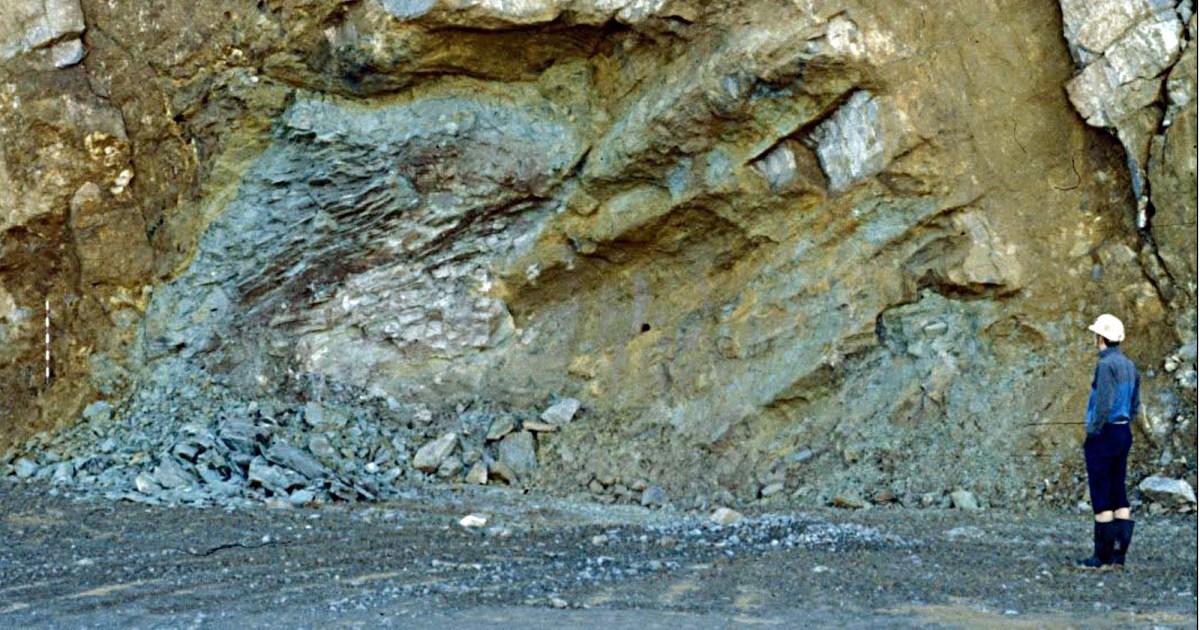
A link between a previously unrecognised mass extinction and a period of high rainfall in the Late Triassic
– the Carnian Pluvial Episode – was discovered by Mike Simms and Alastair Ruffell in 1987. Triassic
caves were seen as key evidence for increased rainfall ~234 Ma ago, but this has been omitted from recent syntheses
of the CPE compiled by others. Many Triassic caves contain abundant terrestrial reptiles, including early dinosaurs,
but none of these species has ever been found in Triassic surface deposits. The only biostratigraphically useful fossils
common to both the caves and surface sediments are Rhaetian (latest Triassic, ~203 Ma) pollen and marine algae found
in some sediments at just a few sites. It has since been claimed that all of the Triassic caves are Rhaetian and were
formed as marine flank-margin caves during the end-Triassic transgression.
This karstic conundrum can readily be resolved through an understanding of karst geomorphology and speleogenesis,
without recourse to biostratigraphy.
Mike Simms is a Senior Curator of Geology at National Museums NI (27 years) after a succession of research and teaching
post around the UK and at TCD (1989-90). He writes: I have been a caver since the mid-1980s, which informs much of my work
on caves. It is not a crowded field, as most geologists are reluctant to venture into tight muddy holes, but there is a
degree of naivety among many geologists who think that a cave is just a hole in a rock, which might be why the Triassic caves
have been misinterpreted for so long.
With the right eyes caves can provide a wealth of information on past landscapes and their evolution.
#2 — Mon 05 Feb 2024 ▲ ▼
Tracking alpine cave glaciations: cryogenic cave carbonates from the Eastern and Southern Alps
With: Gabriella Koltai, Innsbruck Quaternary Research Group
Time: Mon 05-Feb 2024, 19:30 to 21:00 GMT.
To Watch: see Joining via Zoom.
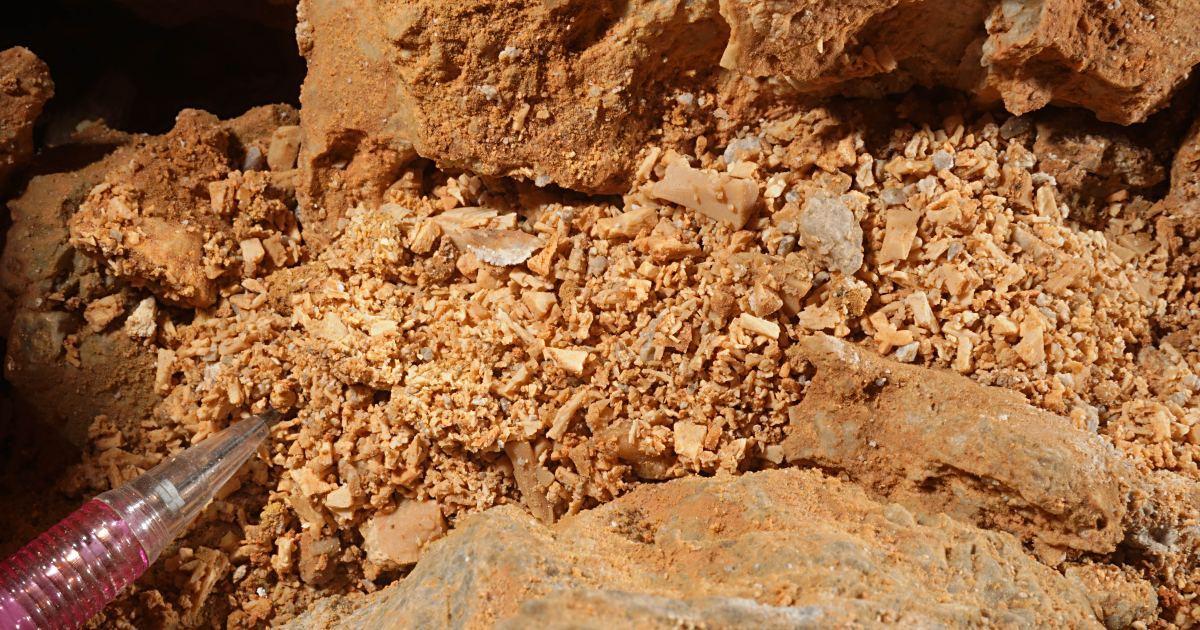
Coarse crystalline cryogenic cave carbonates (CCC for short) form via freezing-induced supersaturation of small karst water
bodies within cave ice when cave air temperature is slightly below 0°C. Currently CCC are the best and sometimes single
evidence for former glaciation of caves. Their age can be accurately determined by the 230Th dating method, and thus these
unique speleothems can be used to reconstruct the time when ice was present in a particular cave section all year round.
However, due to their commonly small size CCC have been overlooked in caves compared to other types of speleothems.
Recently CCC have been found in a dozen of currently ice-free caves in the Eastern and Southern Alps, suggesting that these
speleothems are probably more common than previously thought. In this seminar I will share some highlights from alpine caves
and demonstrate how these deposits can be used to reconstruct multiple episodes of cave glaciation during the last glacial period.
#3 — Mon 11 Mar 2024 ▲ ▼
The evolution of the poljes and sinkholes in the Sivas gypsum karst, Turkey
With: Ergin Gökkaya, Niğde Ömer Halisdemir University, Turkey
Time: Mon 11-Mar 2024, 19:30 to 21:00 GMT.
To Watch: see Joining via Zoom.
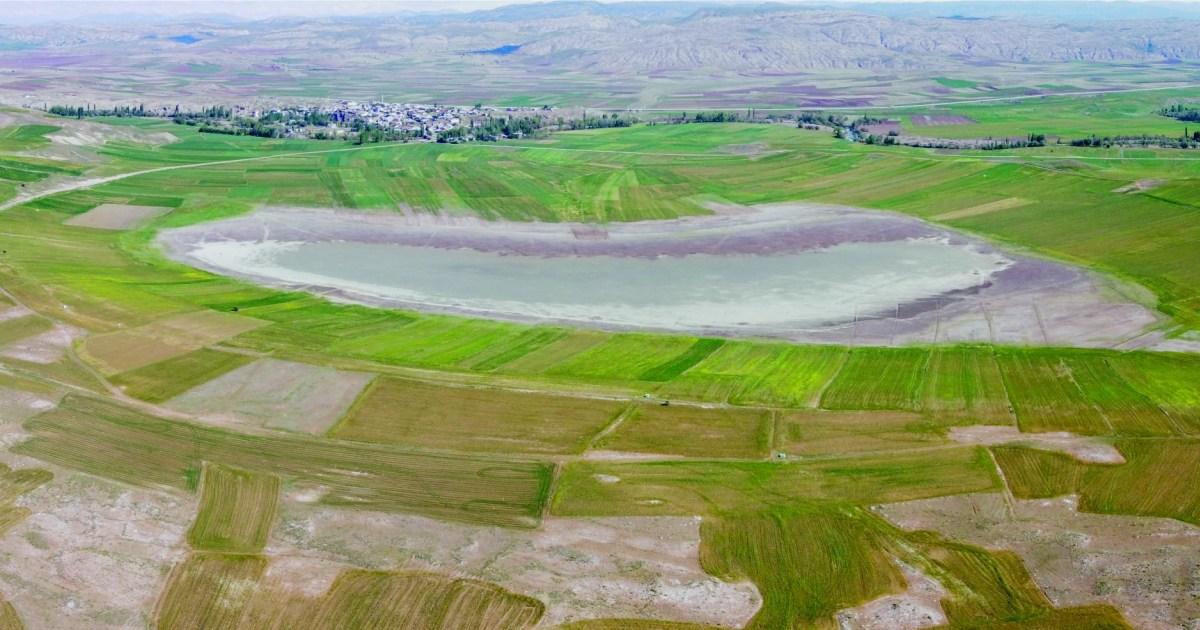
The extensive gypsum karst of Sivas is one of the most outstanding examples of bare gypsum karst in the world.
Its geomorphological landscapes mainly controlled by the geometry of Sivas Thrust which create hanging wall antiformal
ridge and a morpho-structural trough with relatively low uplift rate. The Sivas gypsum karst displays several remarkable
geomorphic features analysed in this research, including: (1) a well-developed polygonal karst mainly developed in the
antiformal ridge; (2) relict valleys; (3) 300 bedrock collapse sinkholes (BCS) mainly in the low-lying area; and (4)
310 cover subsidence sinkholes. (5) unusual gypsum canyons; (6) poljes. The morphology of the BCS, varying from small
cylindrical holes to large and deep tronco-conical depressions with gentle slopes reflect to geomorphic evolution of these
sinkholes that reach hectometre-scale diameters.
Their evolution, involving substantial enlargement and deepening, is
attributed to the solutional removal as solute load of large volumes of gypsum by downward vadose flow. This type of
morphological evolution with significant post-collapse solutional denudation differs from that observed in carbonate
rocks. Three types of base-level poljes are differentiated based on cartographic relationships and attending to their
evolutionary path: poljes associated with relict valleys; poljes developed in abandoned valley sections, poljes related
to the coalescence of BCS. The poljes expand by lateral solution planation, involving the retreat of the marginal slopes
and their replacement by a polje floor controlled by the water table. The retreat of the slopes is mainly achieved by
solutional undercutting during floods, mass movements, and the rapid removal of the gypsiferous landslide deposits.
The main factors that seem to favor the development of poljes in Sivas include: (1) a morphostructural trough with
relatively low uplift rate that confined the path of the main drainages; (2) abundant aggressive water supplied by
allogenic rivers; (3) a fluviokarst landscape including fluvial landforms that can transform into poljes; and (4) presence
of clusters of bedrock collapse sinkholes that experience rapid expansion.
#4 — Mon 08 Apr 2024 ▲ ▼
The Archaeology of Caves in the Burren, Co. Clare, Ireland
With: Marion Dowd, Atlantic Technological University, Sligo, Ireland
Time: Mon 08-Apr 2024, 19:30 to 21:00 BST.
To Watch: see Joining via Zoom.

At present, 15 caves in the Burren are protected archaeological sites with evidence of human activities underground
spanning at least 4,500 years. This talk will explore how people from the Neolithic (Stone Age) through to post-medieval
times used and perceived caves in this distinctive landscape. It was during the later Bronze Age (c. 1000–600 BC), in
particular, that cave usage increased, with evidence for elaborate ritual and religious practices. The early medieval
period (c. AD 800–1100) saw extensive use of caves for occupation, storage and as hideaways. Folklore, as well as the more
recent activities in caves associated with the Irish War of Independence (1919–1921), will also be examined.
#5 — Mon 13 May 2024 ▲ ▼
Exploring Ancient Environmental Genomes in Cave Sediments
With: Mikkel Winther Pedersen, Globe institute, University of Copenhagen, University of Copenhagen
Time: Mon 13-May 2024, 19:30 to 21:00 BST.
To Watch: see Joining via Zoom.
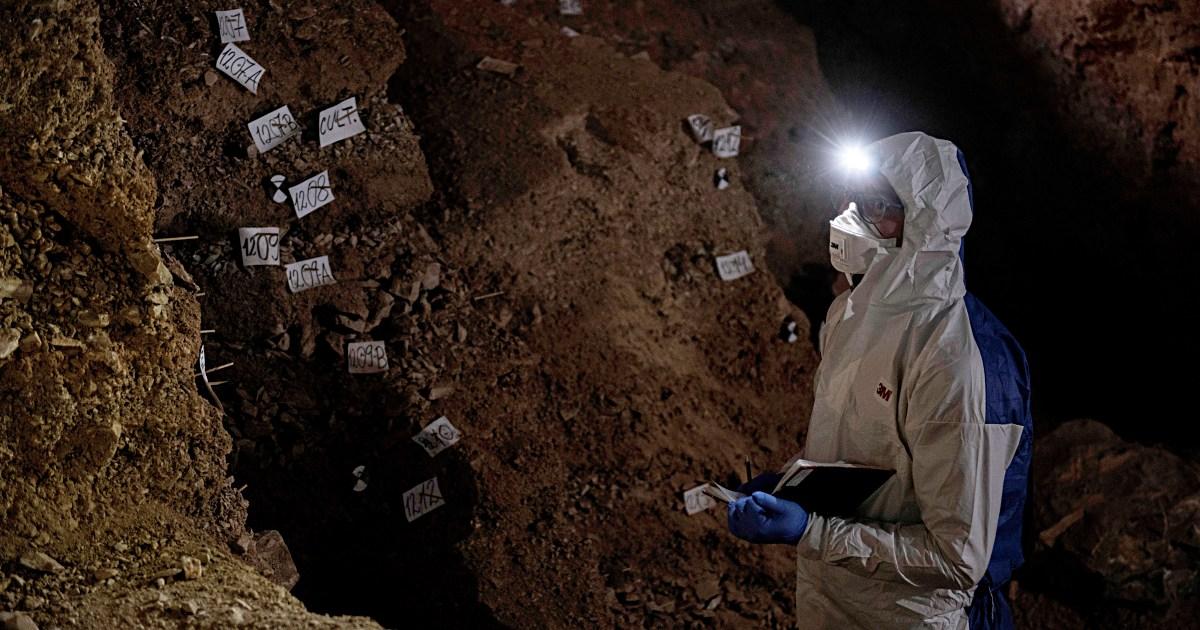
Ancient environmental DNA (eDNA) extracted from cave sediments offers unique insights into past human and environments.
While studies typically center on mammals and hominins, the potential of eDNA must extend further. In this presentation
I will discuss the power and limitations of ancient eDNA and give examples from both published studies as well as ongoing
studies of the DNA preserved in caves from both North America (Chiquihuite Cave, Mexico) and Central Asia
(Azykh Cave, Tajikistan).
#6 — Mon 10 Jun 2024 ▲ ▼
What do karst and Eurasian Lynx (Lynx lynx) have in common?
With: Špela Čonč, Anton Melik Geographical Institute, Ljubljana, Slovenia
Time: Mon 10-Jun 2024, 19:30 to 21:00 BST.
To Watch: see Joining via Zoom.
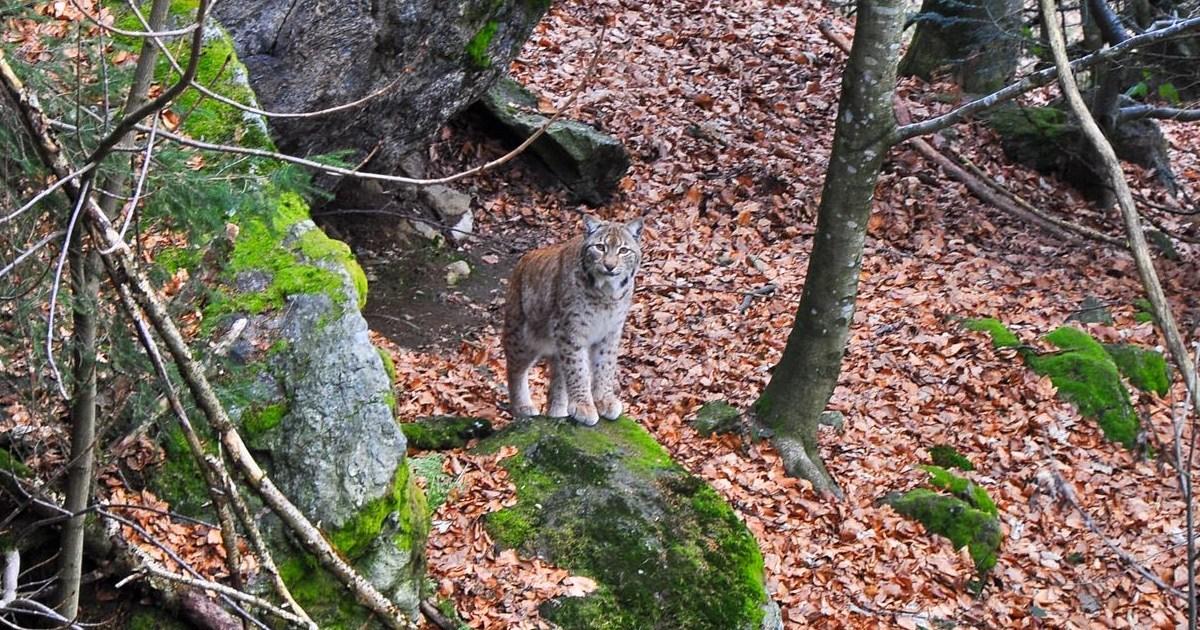
In Slovenia, the highest density of lynx populations is found in the area of the extensive Dinaric fir-beech forests
(Omphalodo-Fagetum dinaricum), which cover the rugged karst terrain typical of the Dinaric Mountains. To monitor the status
of the lynx population and study its ecology and biology, we collected data by using GPS and VHF telemetry, camera-traps
and snow tracking. Various methods for monitoring the lynx and previous studies show the importance of relief features
for its ecology. This presentation will focus on the relationships between karstic relief features (e.g., rocky boulders,
karrenfields, caves, ridges, dolines, collapse dolines) and certain lynx behaviours, such as scent-marking, movement,
predation, and day-resting.
#7 — Mon 09 Sep 2024 ▲ ▼
Cannibalism in Upper Palaeolithic Britain: The case of Gough's Cave, Somerset
With: William Marsh, Postdoctoral Researcher, Calleva Ancient DNA, Natural History Museum
Time: Mon 09-Sep 2024, 19:30 to 21:00 BST.
To Watch: see Joining via Zoom.
Contact email: w.marsh@...
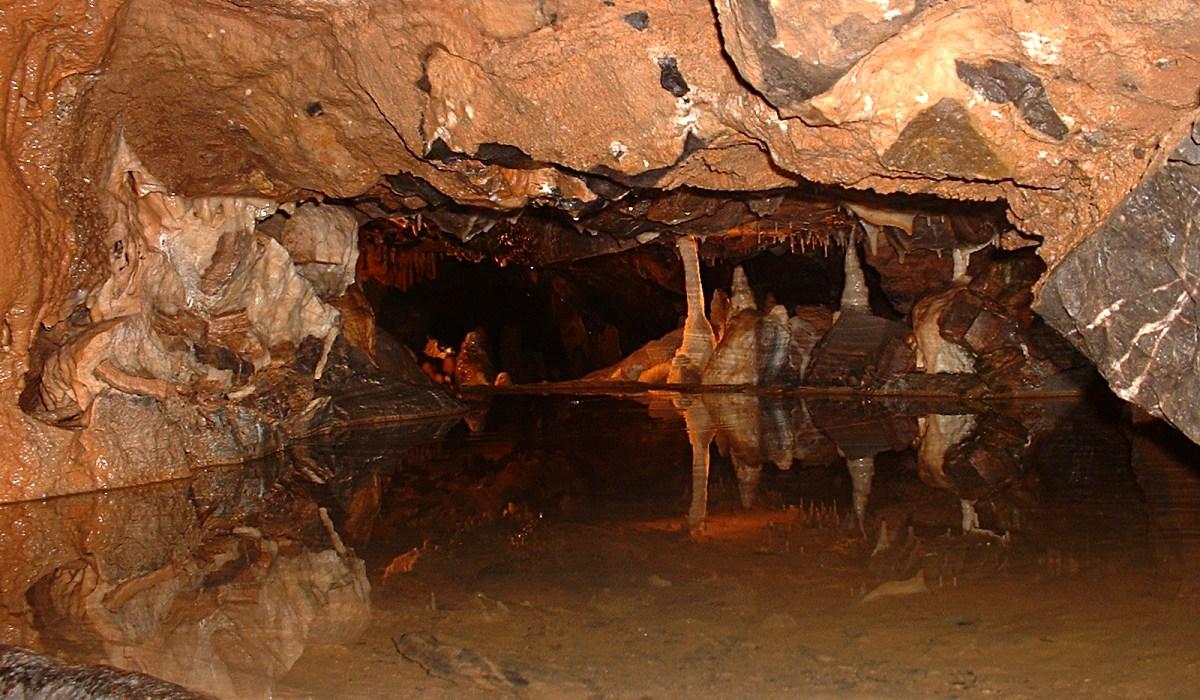
Gough's Cave, Photo: B.Rwendland [CC BY-SA 4.0]
Gough's Cave has delivered some of Britain's most archaeologically significant human skeletal remains.
Whilst Cheddar Man, the oldest near complete skeleton from Britain, may be most well known find at the cave,
a less recognised but equally significant assemblage of human skeletal material could yet offer even greater
insights into the behaviour of some of the UK's earliest human inhabitants.
The material in question dates to the late Upper Palaeolithic (LUP; 15kya) in Europe, a period of widespread
population movement catalysed by the amelioration of glacial conditions in northern latitudes. The assemblage
consists of lithic and worked bone industries characteristic of the Magdalenian culture, one of the two
major human technocomplexes identified in Europe during the LUP. Two hundred and five human bone fragments
are represented, the majority of which show anthropic modification (cutmarks, tooth marks and percussion
damage) indicative of cannibalism, alongside three human cranial vaults that have been carefully modified
to form skull cups. The abundance of faunal material and the high occurrence of cannibalised human remains
at the site, alongside the identification of similar cannibalistic behaviour at other Magdalenian sites
suggest that the behavior was ritual in nature, rather than having a nutritional basis.
Here, an overview of prior work performed on the LUP assemblage at Gough's Cave will be presented, alongside
recent biomolecular results that include novel aDNA analysis. Through greater understanding of the ancestry
and relationships of individuals deposited at the site, we seek to better contextualise the assemblage
within the wider Upper Palaeolithic and further elucidate the complex behaviour identified at the site.
#8 — Mon 14 Oct 2024 ▲ ▼
Unravelling the mass balance of perennial ice deposits in alpine caves: examples from the Austrian Alps
With: Tanguy Racine, Postdoctoral Researcher, University of Neuchâtel, Switzerland
Time: Mon 14-Oct 2024, 19:30 to 21:00 BST.
To Watch: see Joining via Zoom.
Contact email: tangracine@...
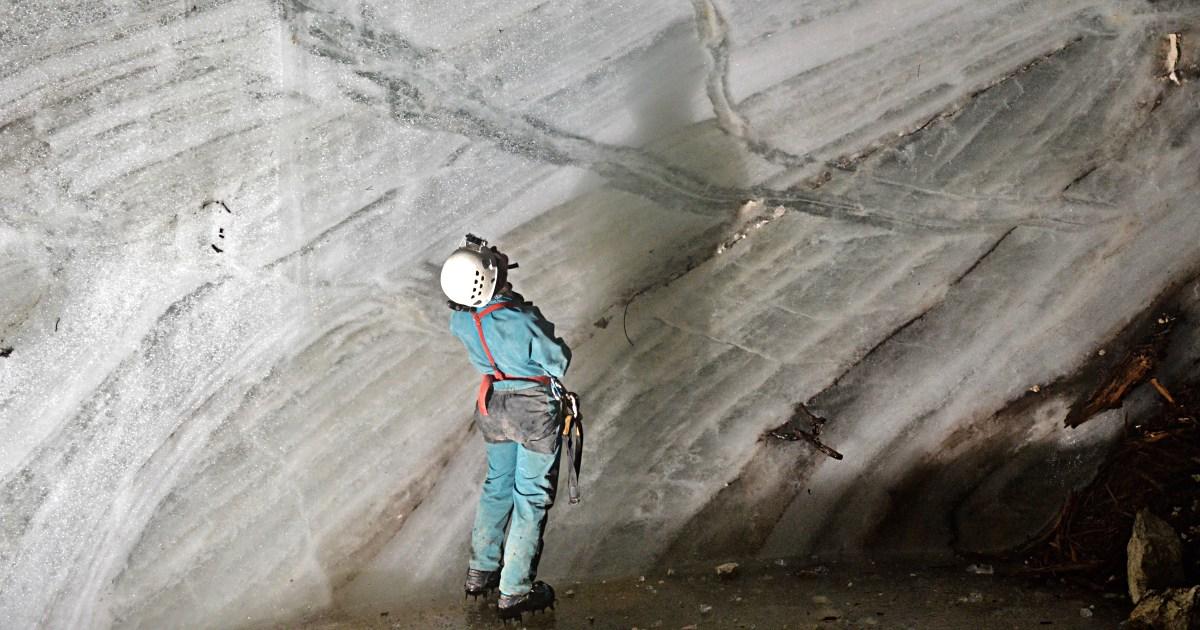
Foot of the ice cliff in Eisgruben cave in 2019, Photo: Tanguy Racine
Mid-latitude alpine caves preserve a record of past solid precipitation during winter, locally spanning several
centuries to millennia. Austria hosts more than 1200 perennial ice deposits registered in the national cave cadaster,
some of which are exceptionally stratified, or contain evidence for millennial ice. Dating organic macro-remains
trapped in ice layers with radiocarbon allows the determination of timing and duration of past periods of positive
and negative ice mass balance.
In this talk, we present a comparative study of ice cave deposit chronologies, using Bayesian age over caves in the
Austrian Alps. We show that periods of positive mass balance coincide with past glacier advances in Europe. The
Medieval Climate Anomaly (between 850 and 1200 CE) marked widespread ice retreat on the surface; underground it
is characterised by the presence of organic and macro-remain rich layers. We show evidence for positive ice mass
balance at all studied sites during the Little Ice Age, at a time when the largest glacier advances in the Holocene
were recorded. At the sites with records spanning over 2000 years, we find that the deposits experienced a positive
mass balance periods from 300 BCE to 100 CE and 600–800 CE.
Today, these caves are thermal anomalies with respect to the surrounding rock temperatures and experience
accelerated negative mass balances. Monitoring the main trends in their rock and air temperature records at a
low-elevation ice cave of the Northern Calcareous Alps has allowed us to build a temperature-based mass balance
model for one site and forecast the imminent demise of its ice deposit in the next decades.
#9 — Mon 11 Nov 2024 ▲
Diversity in the darkness: addressing gaps in our knowledge of subterranean biodiversity in North America
With: Matthew L. Niemiller, Associate Professor of Ecology, University of Alabama in Huntsville
Time: Mon 11-Nov 2024, 19:30 to 21:00 GMT.
To Watch: see Joining via Zoom.
Contact email: matthew.niemiller@...

Photo: Matthew Niemiller
Caves, groundwater, and other subterranean habitats harbor a diverse and significant fauna that provide
significant economic and societal value (i.e., ecosystem services), from water purification and nutrient
recycling to being important models for developmental and human health research. Yet, our knowledge of
subterranean biodiversity is extremely limited and adheres to the idiom 'out of sight, out of mind.'
Most cave-obligate species are diminutive, non-charismatic, and occur in habitats that are literally
hidden below the earth. Consequently, significant knowledge gaps exist related to true levels of diversity,
distributions, abundance, evolutionary history, and life history of subterranean fauna. The ever-increasing
risk of biodiversity loss from a plethora of threats, such as urbanization, groundwater pollution, and climate
change, adds urgency to our need to understand the responses and resiliency of subterranean biodiversity in
the face of environmental change.
Here I review cave and groundwater fauna in North America, including its
diversity, importance, knowledge gaps, and conservation status. I also will discuss new approaches and
initiatives to address these knowledge shortfalls and offer recommendations for future research and conservation
and management efforts.









